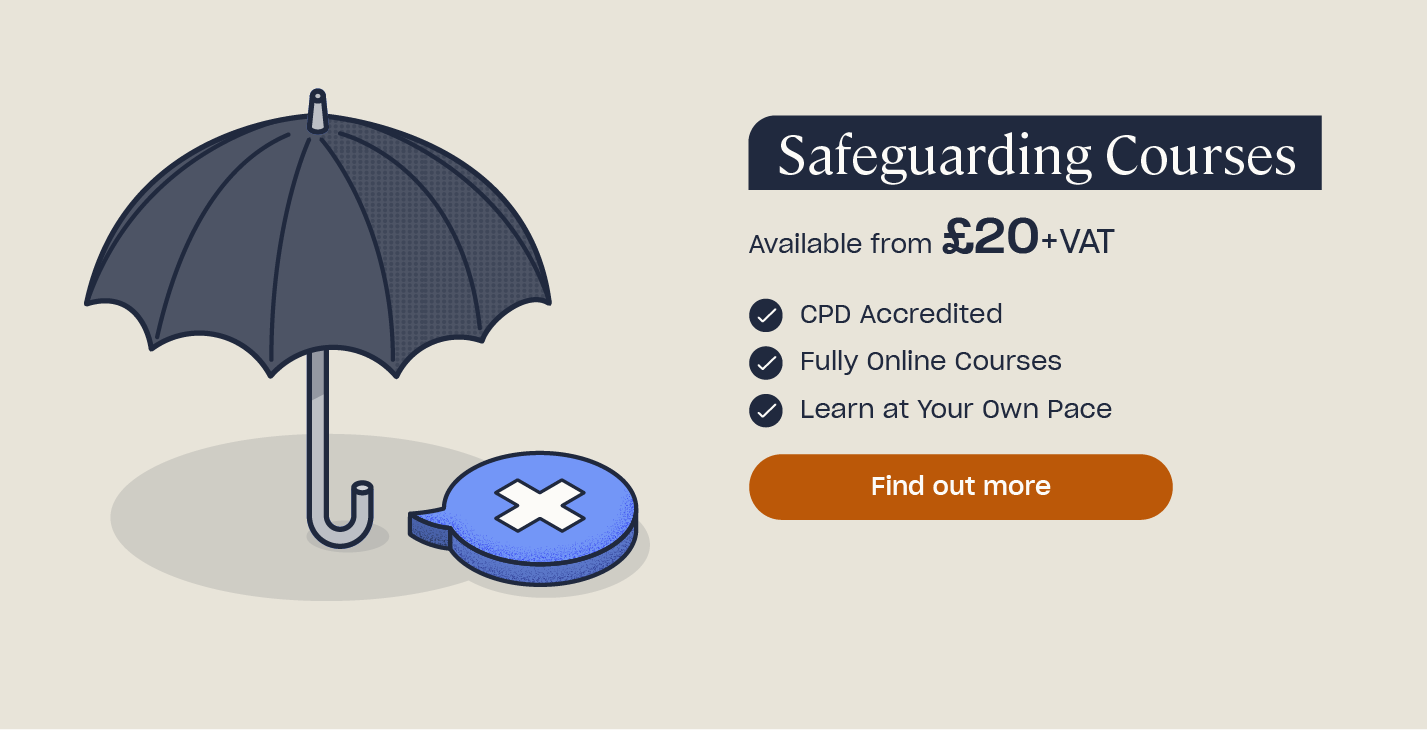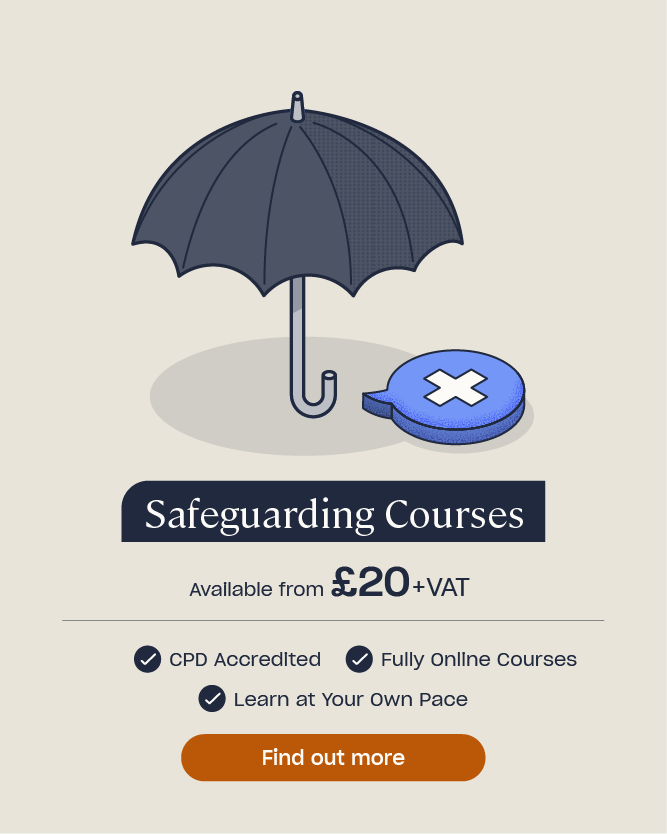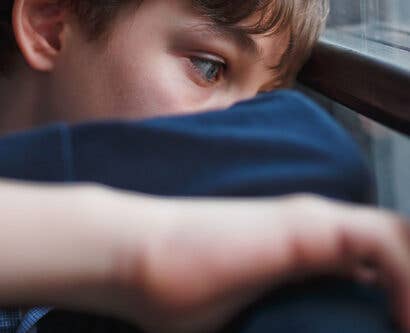Signs of Abuse in Children
Children who are being subjected to abuse may not always disclose that they are being abused. This may be out of fear, shame or the inability to recognise that what they are being subjected to is in fact abuse. Subsequently, it’s vital that those with a responsibility for safeguarding children, such as those who work in education, are able to spot the signs of child abuse.
Signs of abuse can be difficult to spot both in how they manifest and for the very fact that they indicate that a child is suffering. Nevertheless, spotting the signs is an important part of keeping a child safe and knowing when to intervene. In this article we will outline the four main types of abuse, the signs to look out for and what you should do if you suspect a child in your care is being abused.
How Many Types of Abuse are there?
Child abuse is often categorised into four main types. These are:
There is often overlap in the type of abuse that a child is facing and one form of abuse can easily lead to another. For example, a child who is being neglected may also be subjected to physical abuse from their caregiver. Children who are experiencing abuse may not always disclose what is happening to them, so it’s crucial to know the signs of abuse. It’s important to understand why a child might not disclose abuse so that you can approach them sensitively and with care.
Want to Learn More?
Our range of Safeguarding Children Courses will provide you with vital information on safeguarding as well as guidance on the actions you should take to keep children safe.
Physical Abuse
Physical abuse is abuse that causes physical harm to a child. It is intentional abuse that seeks to cause pain and harm and may involve hitting, shaking, throwing, poisoning, burning, drowning, suffocating or otherwise causing physical harm to a child. Physical harm can also be caused by a parent or carer lying about symptoms of an illness, or deliberately inducing an illness in a child.
Parents and carers who physically abuse a child may do so because of emotional or behavioural problems, because they experienced physical abuse themselves, health issues, stress or not understanding the needs of a child. Moreover, new parents may struggle to adapt to their new responsibilities and to understand the needs of their child, leading them to lash out in frustration; such as shaking a child that will not stop crying in an attempt to get them to be quiet.
Signs of Physical Abuse
Children are prone to accidents and not every injury is indicative of a child being physically abused. This means that physical injuries can often be dismissed as a ‘one-off’ or a series of accidents that do not need to be taken any further. It is therefore important to consider all indicators, both physical and behavioural, that could point to a larger issue.
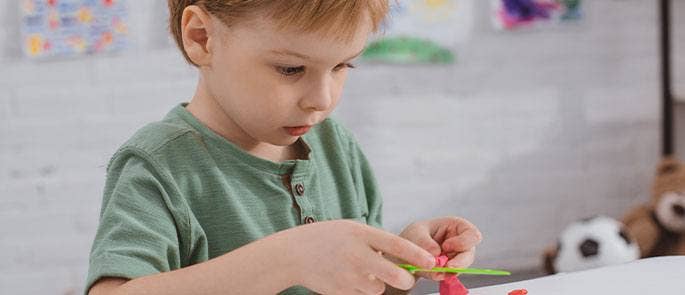
Physical Indicators
- Recurring unexplained injuries or burns
- Untreated injuries
- Bruising/tenderness around the face, neck, torso, upper arms and legs
- Bruising/tenderness to soft touch areas such as cheeks or buttocks
- Bite marks
- Burns/scalds
Behavioural Indicators
- Improbable excuses for injuries
- Flinching at physical contact or sudden movement
- Refusal to discuss injuries
- Descriptions of excessive punishment
- Over-compliant behaviour
- Fear of going home after school
- Keeping the body covered, even in hot weather
Emotional Abuse
Emotional abuse is the persistent emotional maltreatment of a child so much so that it has severe and adverse effects on a child’s emotional development. Emotional abuse can involve degrading a child by telling them that they are worthless, inadequate or unloveable. It can also involve persistent belittling and the imposition of unreasonable demands and expectations for their age. Emotional abuse can also involve over protection and limiting exploration, learning opportunities and the chance for normal social interaction.
Parents and carers who emotionally abuse a child may do so due to stress and pressure that renders them emotionally unavailable. They may be experiencing post-natal depression, have unrealistic expectations for their child or be subconsciously propagating a cycle of abuse, repeating the same emotional abuse they themselves experienced as a child.
Signs of Emotional Abuse
Every parent or carer makes mistakes and can inadvertently upset their child. However, when this behaviour is persistent, it becomes emotional abuse which can have a long lasting negative impact on a child’s development.

Physical Indicators
- Delays in physical development e.g. being underweight, experiencing unusual lethargy
- Being overly affectionate or clingy towards strangers
- Marks on the body from self-harm
Behavioural Indicators
- Lack of confidence
- Self-deprecation
- Bed wetting
- Lack of a close relationship to a parent or carer
- Social isolation
- Extreme compliance or passivity
- Cruelty towards other children
Sexual Abuse
Sexual abuse involves forcing or enticing a child to take part in sexual activities. It can involve physical contact, penetrative or non-penetrative acts and non-contact activities such as coercing a child to look at sexual images. Sexual abuse towards children is not solely perpetrated by adult men and it’s important to acknowledge sexual abuse can be child-on-child and committed by women.
As with signs of any abuse, it’s essential that signs of sexual abuse are dealt with immediately and not dismissed or explained away. Sexual abuse often begins with the perpetrator testing how far they can go before there is external intervention or resistance from the child. When concerns are dismissed as ‘low-level’ it can embolden a perpetrator to escalate their abuse.
Signs of Sexual Abuse
Curiosity about sex and relationships is natural for children. As such, they may turn to the internet for more information, especially if they feel like they cannot talk to the adults around them about their curiosity. This can make children susceptible to online sexual abuse which in turn facilitates offline abuse. Developments in technology have created new and unexpected ways in which children can be subjected to sexual abuse and exploitation.
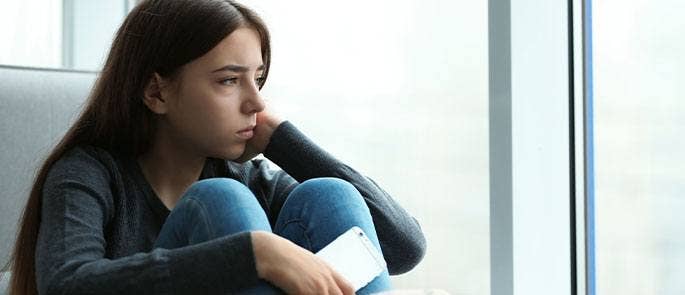
Physical Indicators
- Soreness of the genital area
- Soiling or wetting the bed or clothes
- Sexually transmitted infections
- Recurrent abdominal pains
- Eating disorders
- Pregnancy
Behavioural Indicators
- Age inappropriate sexual knowledge
- Age inappropriate sexual language
- Sexual activity at a young age
- Becoming increasingly secretive or agitated about privacy
- Avoiding being alone with particular people
- Fear of particular people
- Depression
- Self-harm
- Aggressive behaviour
- Poor self-esteem
Neglect
Neglect is the persistent failure to meet a child’s basic physical and/or psychological needs. This failure often results in the serious impairment of the child’s health and development. There are many different types of neglect which can be broadly categorised as follows:
- Physical neglect – This occurs when a child’s basic needs, such as food, clothing or shelter, are not met or they aren’t properly supervised or kept safe.
- Educational neglect – This occurs when a parent or carer doesn’t ensure that a child is given an education.
- Emotional neglect – This occurs when a child doesn’t receive the nurture and stimulation they need. This could be through ignoring, humiliating, intimidating or isolating the child.
- Medical neglect – This occurs when a child isn’t given proper health care and can include ignoring or refusing medical recommendations.
Signs of Neglect
Neglect can be very difficult to spot in isolation and those with safeguarding responsibilities may have to wait till they see multiple signs of neglect before they are able to make a judgement and intervene. Neglect is one of the most common forms of child abuse, yet signs of neglect are often misconstrued and dismissed as low-level concerns. However, neglect of any kind can have long lasting effects on a child and their development, making intervention vital to protecting a child from long-term harm.
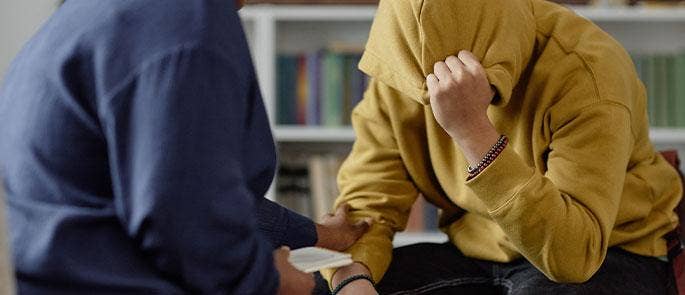
Physical Indicators
- Constant hunger
- Poor personal hygiene
- Poor dental hygiene
- Lice
- Untreated medical problems
- Constant tiredness
- Ill-fitting dirty clothes
Behavioural Indicators
- Social isolation
- Poor self-esteem
- Destructive tendencies
- Frequent truancy
- Poor relationships with peers
- Compulsive stealing
All set for your INSET day?
Our safeguarding INSET pack 2025/6 is here, and it’s yours for free! Packed full of valuable resources to help make your next INSET day run smoothly and successfully. Download your free INSET pack here.
What to do About Child Abuse
The lists above are not exhaustive and there are numerous other physical and behavioural indicators of abuse. However, having an awareness of the signs of abuse is a vital part of keeping children safe. If you spot any signs of abuse it’s important that you know what to do next. If you work in an education setting then your institution should have safeguarding practices in place, such as a designated safeguarding lead who you can go to about your concerns. You should report any concerns you have about a child’s safety, regardless of how small it may appear, as this can highlight a pattern of abuse that otherwise may go unnoticed.
It can be easy to miss signs of abuse or attribute them to something else. As mentioned, children may stay quiet about the abuse that they are being subjected to out of fear or because they don’t recognise it as abuse. This can make spotting signs of abuse even harder as a child may actively refuse any support or lash out in a way that requires discipline and overshadows the abuse that they are enduring.
Subsequently, a continued sense of professional curiosity is essential. Professional curiosity refers to the use of your skills and knowledge to recognise when there may be a need for further investigation into a particular situation. Adopting this mentality can ensure you don’t subconsciously diminish any signs of abuse and instead approach them with a critical eye. This mentality encourages you to proactively ask questions and gather further information that can enable you to put actions in place to stop any maltreatment.
Below you will find guidance on what you should do if you suspect a child is being abused. Each case of abuse is unique and this guidance may not be applicable in every situation. Nevertheless, it gives you an idea of the actions available to you to protect and support a child.
- Document your concerns – Record any concerns that you may have about signs of abuse that you have seen. Record injuries and, if applicable, document the reasons you were given for those injuries, especially if you don’t think it’s a reasonable excuse. Note down changes in behaviour such as sudden aggression or social withdrawal from students who are typically outgoing. Ensure that your notes are as objective and informative as possible as they will help to build a bigger picture of what a child is experiencing.
- Speak to colleagues – Share your concerns with others who also come into contact with the child, such as teachers, health visitors or the designated safeguarding lead. They will be able to guide you on what you should do next or bring similar concerns that they may have noticed to your attention. This will provide valuable insight when trying to discover whether a child is in fact being subjected to abuse.
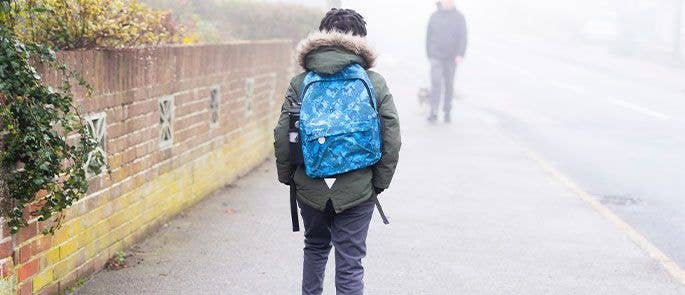
- Maintain an ongoing relationship – Children who are being subjected to abuse will often isolate themselves and retreat inwards. This can make it easier for the abuse to continue as they have no one to turn to for help. Maintain a safe, open and communicative relationship with the child and keep them talking. It’s not always appropriate to directly tell a child you suspect they are being abused as this can scare them or shame them into silence. Encourage them to talk to you and whilst it may be difficult, try to remain calm as they talk about what they are experiencing. If a child directly tells you that they are being abused, listen carefully to what they say, let them know that they have done the right thing by telling you and that the situation is in no way their fault. Reassure them that you will take their allegations seriously, explain what you will do next and report what you have been told as soon as possible.
- Seek advice from professionals – The NSPCC has a wide range of information and advice for anyone worried about a child’s safety. Visit their website for more information or reach out to them for advice from their professional counsellors. It’s always better to be safe than sorry and contacting the NSPCC can provide a professional perspective that will guide your next steps.
The NSPCC is available 24/7 and can be contacted by calling 0808 800 5000
If you suspect that a child is in immediate danger, you must call the police on 999 straight away.
Signs of child abuse are not always obvious and a child may not feel comfortable telling someone what is happening to them; they may not even realise that what is happening to them is abuse. As such, being able to recognise the signs of abuse is essential to keeping children safe. Every child is different and not every sign listed above is indicative of abuse. Nevertheless, knowing the signs of abuse can help you to spot patterns and intervene before the situation escalates further.
Further Resources:
- Safeguarding Children Legislation: Guidance for Schools
- Understanding Why Children May Stay Quiet About Abuse
- Safeguarding Courses


